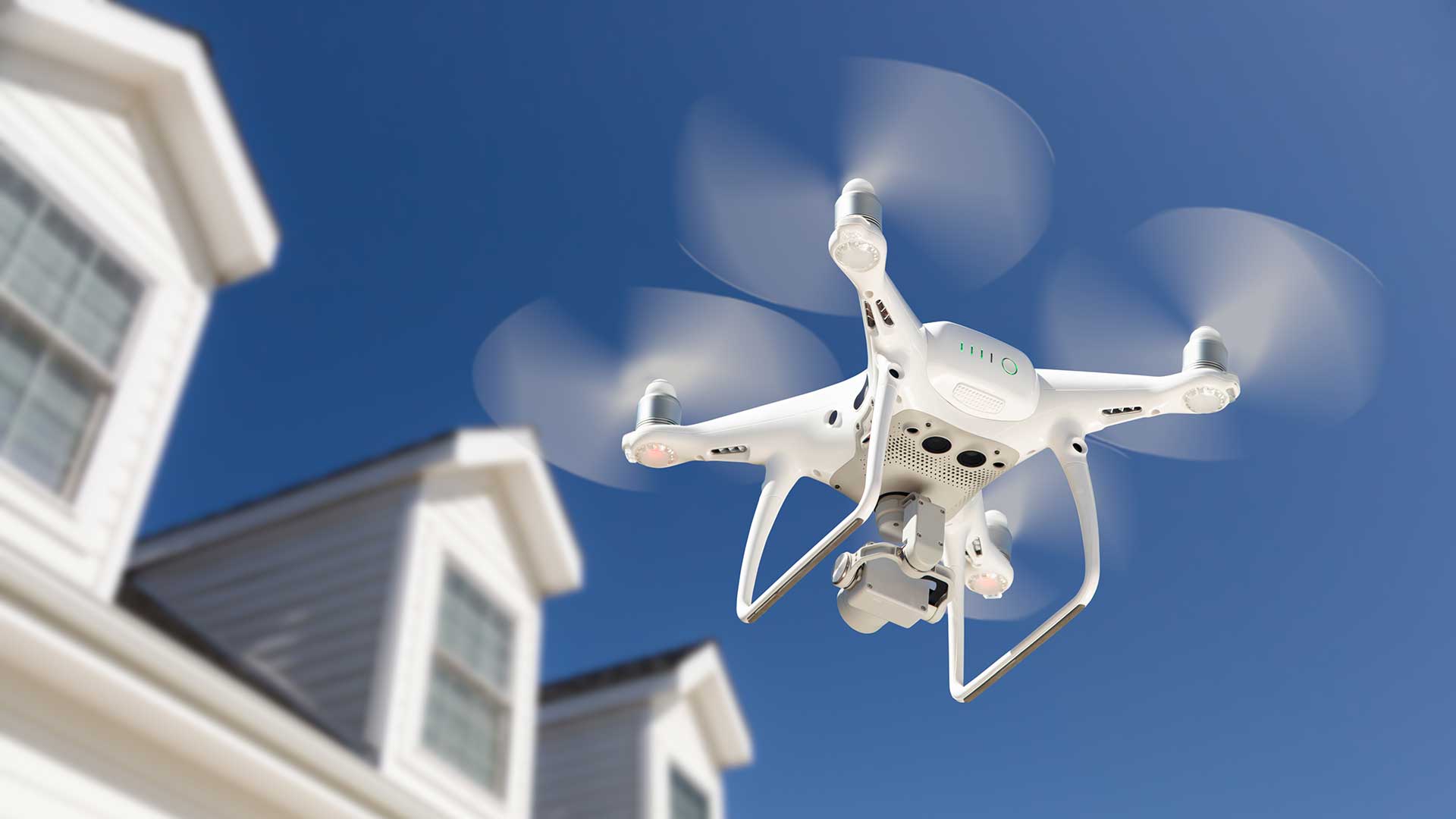I am a FAA Part 107 drone pilot. This certification allows me to operate drones commercially. Using a drone for inspection offers several advantages, especially in situations where accessing certain areas of a property can be challenging or unsafe. Here are some benefits of using drones for inspection:
Access to Hard-to-Reach Areas: Drones can access areas of a property that are difficult or unsafe for inspectors to reach, such as rooftops, chimneys, and high or steep structures. This allows for a more thorough inspection of these areas without the need for ladders, scaffolding, or other equipment.
High-Quality Imagery: Drones equipped with high-resolution cameras can capture detailed images and videos of the property from various angles and perspectives. This provides inspectors with clear visual documentation of the property’s condition, allowing them to identify issues more easily and accurately.
Time and Cost Efficiency: Using drones for inspection can save time and money compared to traditional inspection methods. Inspectors can quickly survey large areas of the property in less time, reducing the need for manual inspection of hard-to-reach areas. This can result in lower inspection costs for property owners.
Safety: Drones eliminate the need for inspectors to climb onto roofs or other elevated structures, reducing the risk of falls and other accidents. This improves safety for both inspectors and property owners, especially in hazardous or unstable conditions.
Overall, using drones for inspection can improve the efficiency, safety, and accuracy of property inspections, providing inspectors and property owners with valuable insights into the condition of the property and helping to identify and address issues more effectively.

